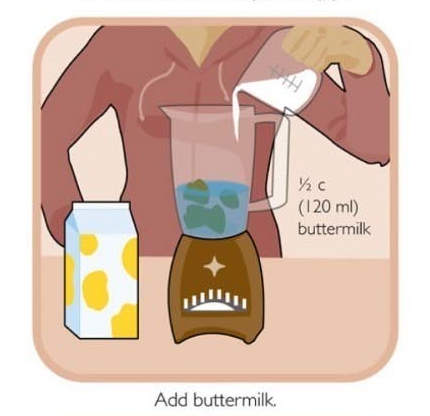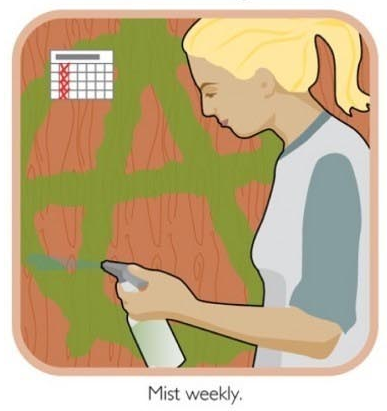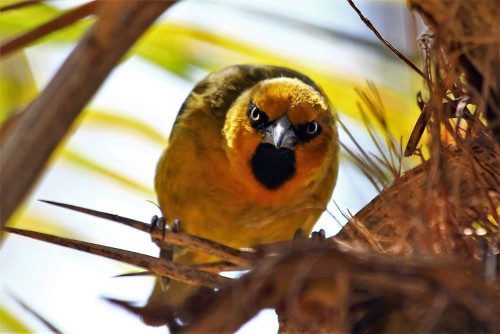Springtime Willow Tree And Eurasian Jays, A View From My Window.

Springtime willow tree and Eurasian Jays, a view from my window.
More Posts from Eggxecutive-dysfunction and Others

Eurasian Treecreeper (Certhia familiaris)
© Jon Lowes




Zilpzalp was looking super stressed and frantic (with numerous bugs paying the consequences), and the reason was those little fluffballs. 😍 Unfortunately, they were very hidden, but look at those little faces. 😣

Zilpzalpe (chiffchaffs) auf der Karlshöhe, Stuttgart-Süd.

Martian Chiaroscuro : Deep shadows create dramatic contrasts between light and dark in this high-resolution close-up of the martian surface. Recorded on January 24, 2014 by the HiRISE camera on board the Mars Reconnaissance Orbiter, the scene spans about 1.5 kilometers. From 250 kilometers above the Red Planet the camera is looking down at a sand dune field in a southern highlands crater. Captured when the Sun was about 5 degrees above the local horizon, only the dune crests were caught in full sunlight. A long, cold winter was coming to the southern hemisphere and bright ridges of seasonal frost line the martian dunes. The Mars Reconnaissance Orbiter, one of the oldest operating spacecraft at the Red Planet, celebrated the 15th anniversary of its launch from planet Earth on August 12. via NASA

The Roasted Planet
Can you hear this exoplanet screaming? As the exoplanet known as HD 80606 b approaches its star from an extreme, elliptical orbit, it suffers star-grazing torture that causes howling, supersonic winds and shockwave storms across this world beyond our solar system. Its torturous journey boils its atmosphere to a hellish 2,000 degrees Fahrenheit every 111 days, roasting both its light and dark sides. HD 80606b will never escape this scorching nightmare. Download this free poster in English and Spanish and check out the full Galaxy of Horrors.
Make sure to follow us on Tumblr for your regular dose of space!









Moss Graffiti: A How To Guide










Australian Night Parrot
The night parrot (Pezoporus occidentalis) is a small parrot endemic to the continent of Australia. It is well known as being one of the most elusive and mysterious birds in the world, with no known sightings of the bird between 1912 and 1979, leading to speculation that it was extinct. The first photographic and video evidence of a live individual was publicly confirmed in July 2013. Another live individual was photographed in March 2017.
Keep reading

In Green Company: Aurora over Norway : Raise your arms if you see an aurora. With those instructions, two nights went by with, well, clouds – mostly. On the third night of returning to same peaks, though, the sky not only cleared up but lit up with a spectacular auroral display. Arms went high in the air, patience and experience paid off, and the creative featured image was captured as a composite from three separate exposures. The setting is a summit of the Austnesfjorden fjord close to the town of Svolvear on the Lofoten islands in northern Norway. The time was early 2014. Although our Sun has just passed the solar minimum of its 11-year cycle, surface activity should pick up over the next few years with the promise of triggering more spectacular auroras on Earth. via NASA
-
 astralquill reblogged this · 1 year ago
astralquill reblogged this · 1 year ago -
 dreamytears liked this · 1 year ago
dreamytears liked this · 1 year ago -
 4847sstuff liked this · 1 year ago
4847sstuff liked this · 1 year ago -
 shantalangel reblogged this · 1 year ago
shantalangel reblogged this · 1 year ago -
 shantalangel liked this · 1 year ago
shantalangel liked this · 1 year ago -
 zihuii liked this · 1 year ago
zihuii liked this · 1 year ago -
 avesmonster reblogged this · 2 years ago
avesmonster reblogged this · 2 years ago -
 whimiscal-fantastical reblogged this · 2 years ago
whimiscal-fantastical reblogged this · 2 years ago -
 not-dorian-grey liked this · 2 years ago
not-dorian-grey liked this · 2 years ago -
 blotthis liked this · 2 years ago
blotthis liked this · 2 years ago -
 idkwhatevertbh liked this · 2 years ago
idkwhatevertbh liked this · 2 years ago -
 cesca-camonte liked this · 2 years ago
cesca-camonte liked this · 2 years ago -
 queenlua reblogged this · 2 years ago
queenlua reblogged this · 2 years ago -
 secondimpact liked this · 2 years ago
secondimpact liked this · 2 years ago -
 fox-of-brogs liked this · 2 years ago
fox-of-brogs liked this · 2 years ago -
 ghostofasecretary liked this · 2 years ago
ghostofasecretary liked this · 2 years ago -
 nimthirielrinon reblogged this · 2 years ago
nimthirielrinon reblogged this · 2 years ago -
 crimson-flamez reblogged this · 2 years ago
crimson-flamez reblogged this · 2 years ago -
 crimson-flamez liked this · 2 years ago
crimson-flamez liked this · 2 years ago -
 papaya-inspiration reblogged this · 2 years ago
papaya-inspiration reblogged this · 2 years ago -
 peripapaya liked this · 2 years ago
peripapaya liked this · 2 years ago -
 orbofborbs reblogged this · 2 years ago
orbofborbs reblogged this · 2 years ago -
 birdblogwhichisforbirds reblogged this · 2 years ago
birdblogwhichisforbirds reblogged this · 2 years ago -
 fission-fusion reblogged this · 3 years ago
fission-fusion reblogged this · 3 years ago -
 twistingwillows reblogged this · 3 years ago
twistingwillows reblogged this · 3 years ago -
 twistingwillows liked this · 3 years ago
twistingwillows liked this · 3 years ago -
 sugaredsundrop reblogged this · 3 years ago
sugaredsundrop reblogged this · 3 years ago -
 sugaredsundrop liked this · 3 years ago
sugaredsundrop liked this · 3 years ago -
 secretkpoptrash reblogged this · 3 years ago
secretkpoptrash reblogged this · 3 years ago -
 squipotomy reblogged this · 3 years ago
squipotomy reblogged this · 3 years ago -
 acaramele liked this · 3 years ago
acaramele liked this · 3 years ago -
 iruiion reblogged this · 3 years ago
iruiion reblogged this · 3 years ago -
 iruiion liked this · 3 years ago
iruiion liked this · 3 years ago -
 exiled-otome liked this · 3 years ago
exiled-otome liked this · 3 years ago -
 eggxecutive-dysfunction reblogged this · 3 years ago
eggxecutive-dysfunction reblogged this · 3 years ago -
 eggxecutive-dysfunction liked this · 3 years ago
eggxecutive-dysfunction liked this · 3 years ago -
 cyancubicle229 liked this · 3 years ago
cyancubicle229 liked this · 3 years ago -
 joanmh25 liked this · 3 years ago
joanmh25 liked this · 3 years ago -
 shiningstar113 liked this · 3 years ago
shiningstar113 liked this · 3 years ago -
 bigsquinky liked this · 3 years ago
bigsquinky liked this · 3 years ago -
 nitta86 reblogged this · 3 years ago
nitta86 reblogged this · 3 years ago -
 nitta86 liked this · 3 years ago
nitta86 liked this · 3 years ago -
 bprodukt liked this · 3 years ago
bprodukt liked this · 3 years ago -
 marysmirages liked this · 3 years ago
marysmirages liked this · 3 years ago -
 crowsofparadise reblogged this · 3 years ago
crowsofparadise reblogged this · 3 years ago


